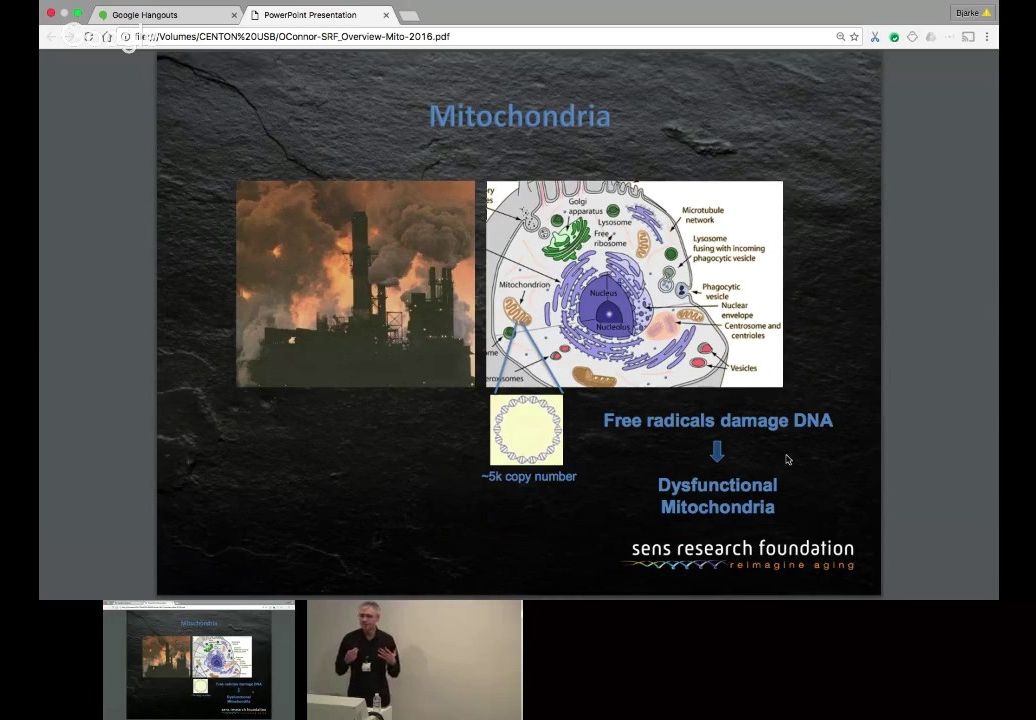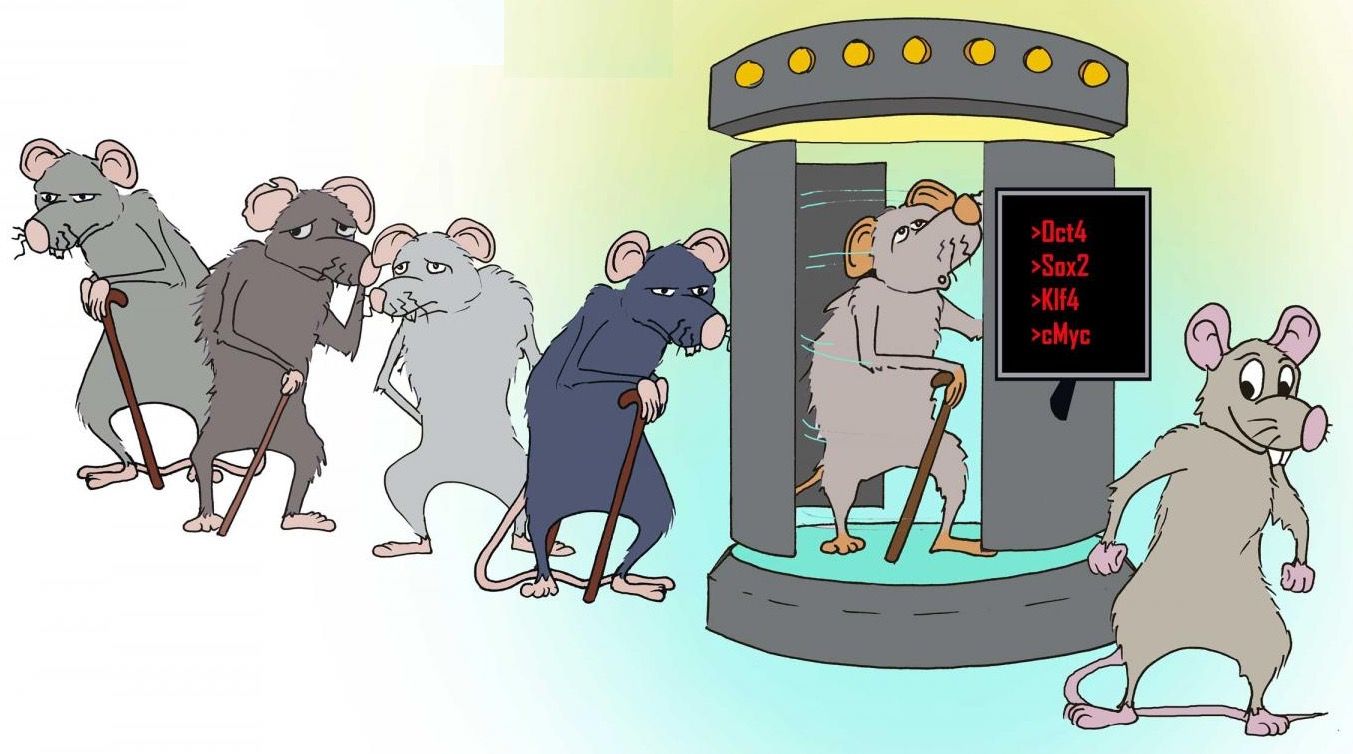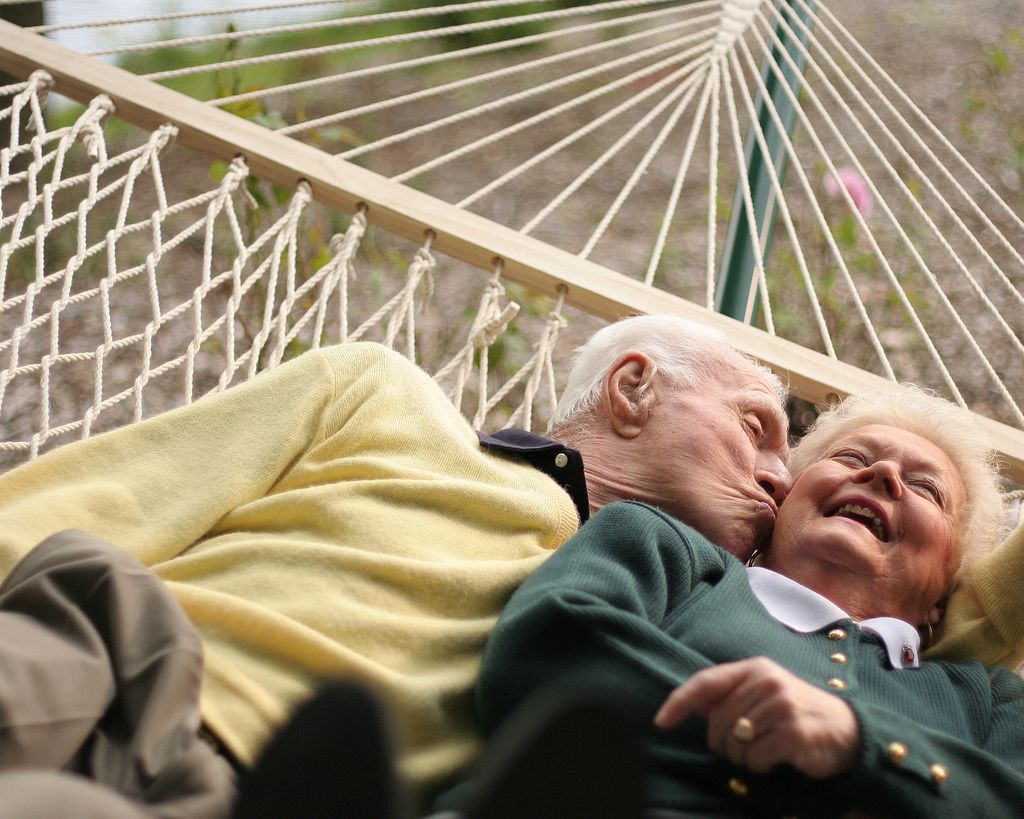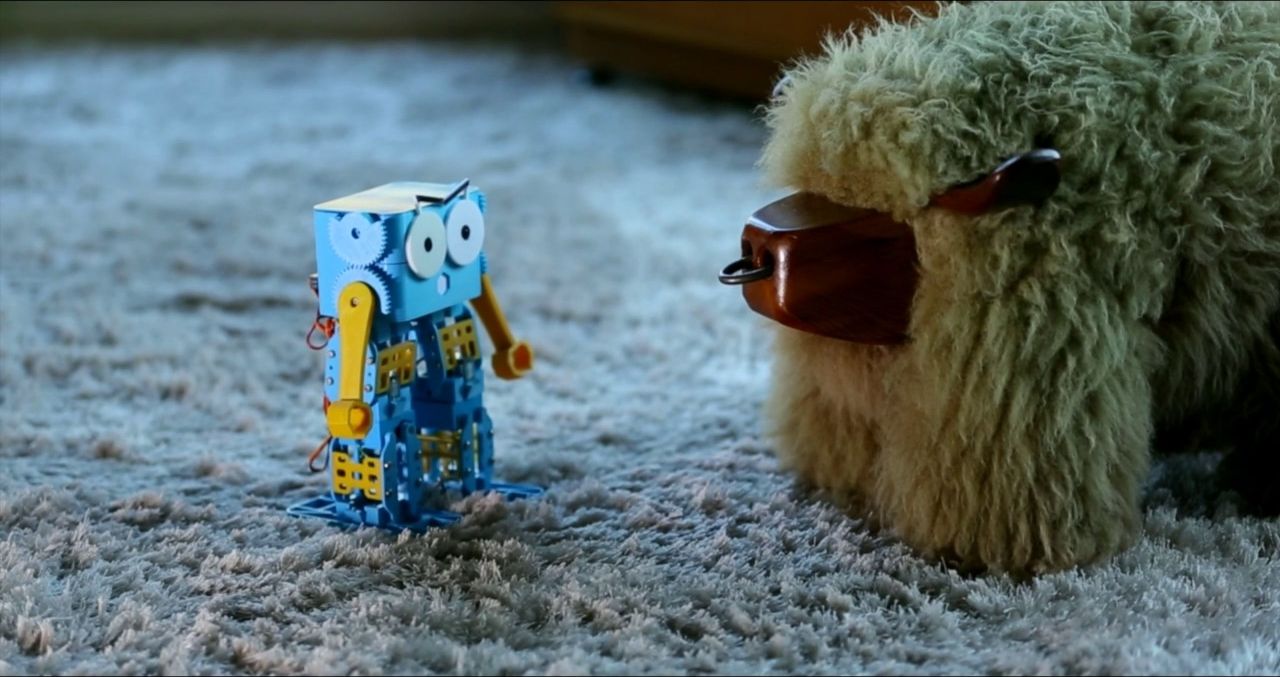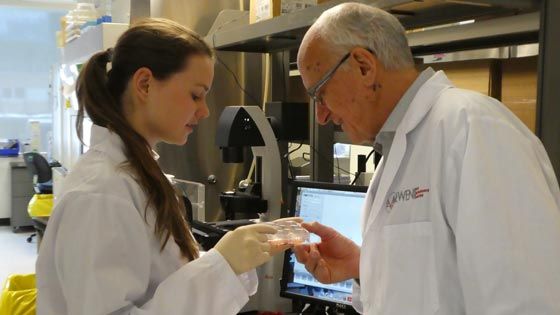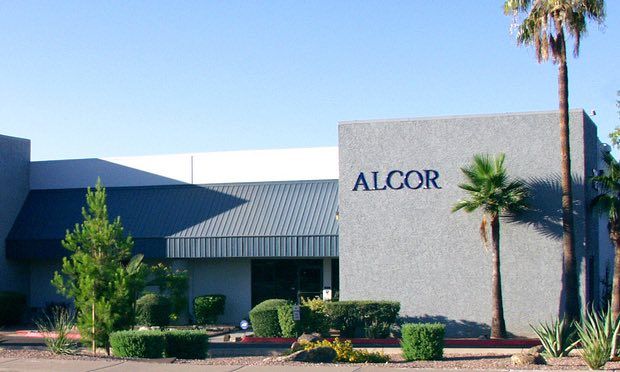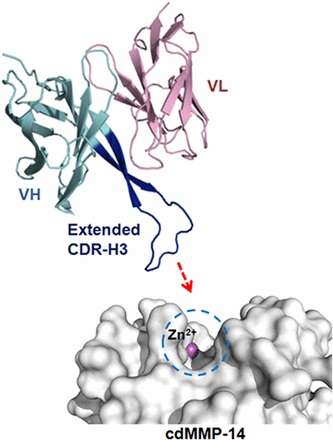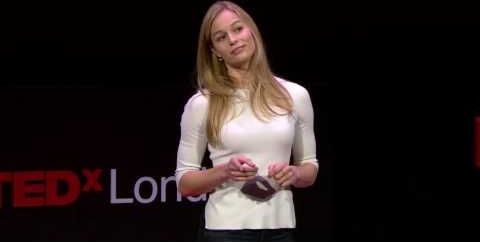Decline of the immune system is one of the areas SENS are working on, with just over a week left for the Winter Fundraiser and Triple donation match now is the time to support their work!
Immunosenescence is a key process in aging and rejuvention or replacement of the thymus which gradually wastes away as we age exposing us to pathogens is an important step in dealing with age-related diseases. SENS is working on these problems so if you want to see solutions please consider donating to our Winter Fundraiser today on the link below:
“As we age and are exposed to persistent pathogens, especially cytomegalovirus, ever more of the T cell population becomes specialized in ways that remove the ability to deal with new threats. A flood of new immune cells would help to restore the balance, and in recent years researchers have demonstrated that transplanting a young and active thymus into an old mouse does in fact restore measures of immune function, and extends life span as well.”

